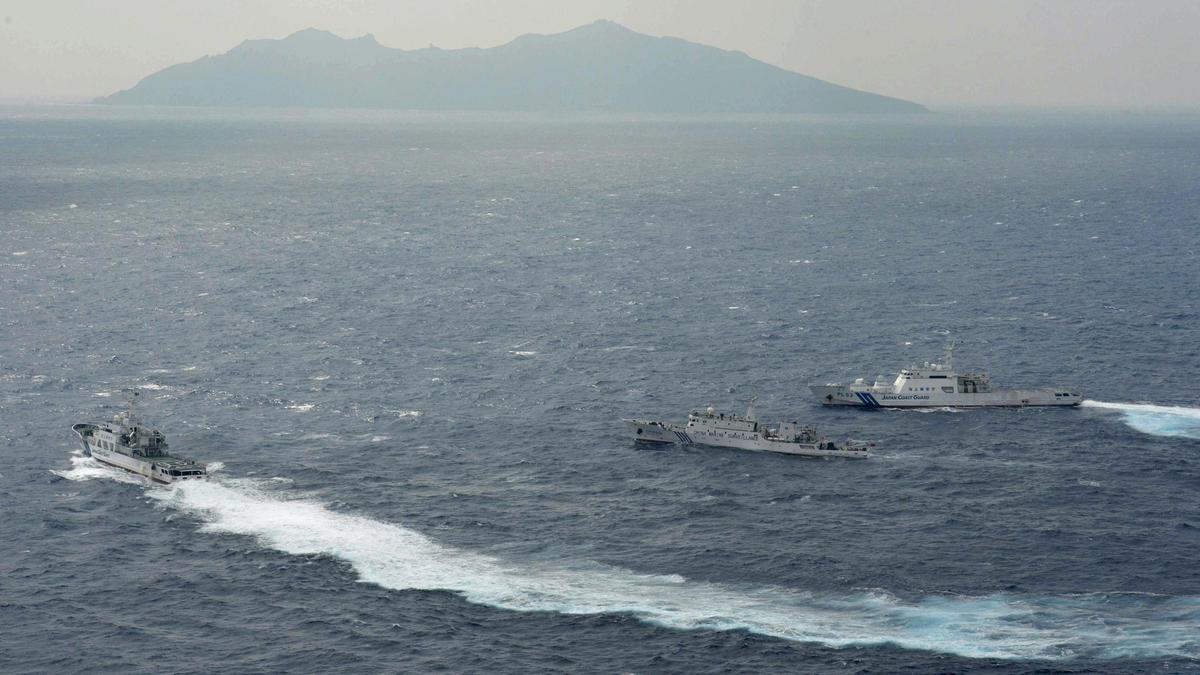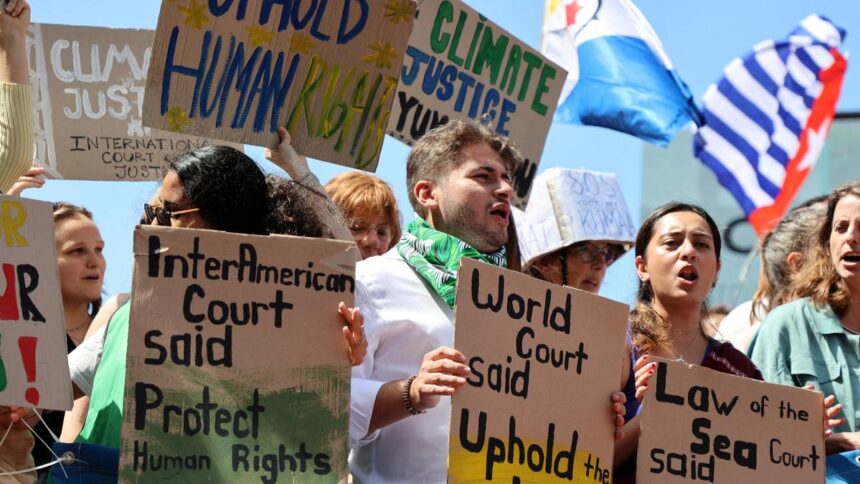
Japan Coast Guard vessels sail along with a Chinese surveillance ship near disputed islands called Senkaku in Japan. File
| Photo Credit: AP
China said on Tuesday (August 26, 2025) it had rejected a protest lodged by Japan over the development of gas fields in disputed waters of the East China Sea.
Tokyo’s Foreign Ministry said late Monday it had confirmed that Beijing was setting up drilling rigs in the area — where the two countries’ Exclusive Economic Zones (EEZ) claims overlap.
It said it had “issued a strong protest” to the Chinese Embassy.
On Tuesday, China’s Foreign Ministry said it did “not accept Japan’s groundless accusations and has rejected Japan’s so-called protest”.
A 2008 agreement saw Japan and China agree to jointly develop undersea gas reserves in the disputed area, with a ban on independent drilling by either country.
But negotiations over how to implement the deal were suspended in 2010.
On Monday, Tokyo said 21 suspected drilling rigs had been positioned on Beijing’s side of the de facto maritime border, adding it was “extremely regrettable that China is advancing unilateral development”.
There are concerns in Tokyo that gas on the Japanese side could also be extracted.
The Japanese Foreign Ministry “strongly urged China for an early resumption of talks on the implementation” of the 2008 agreement.
On Tuesday, China said its commitment to the “full and effective implementation of the principled consensus on the East China Sea issue has not changed”, and said it also hoped for an “early resumption” of talks.
“China’s oil and gas development activities in the East China Sea are located in the undisputed waters under China’s jurisdiction, which is entirely within China’s sovereign rights and jurisdiction,” Foreign Ministry spokesman Guo Jiakun told a regular news briefing.
Japan has long insisted the median line between the two nations should mark the limits of their respective EEZs.
China, however, insists the border should be drawn closer to Japan, taking into account the continental shelf and other ocean features.
The two countries are embroiled in a separate row over disputed islands elsewhere in the East China Sea.
China claims the string of islands — which Japan refers to as the Senkaku and are known as the Diaoyu by Beijing — as its own, and regularly sends ships and aircraft into the area to test Tokyo’s response times.
China also has disputes with several other nations in the South China Sea, which it claims in its entirety.
Published – August 26, 2025 09:18 pm IST






















